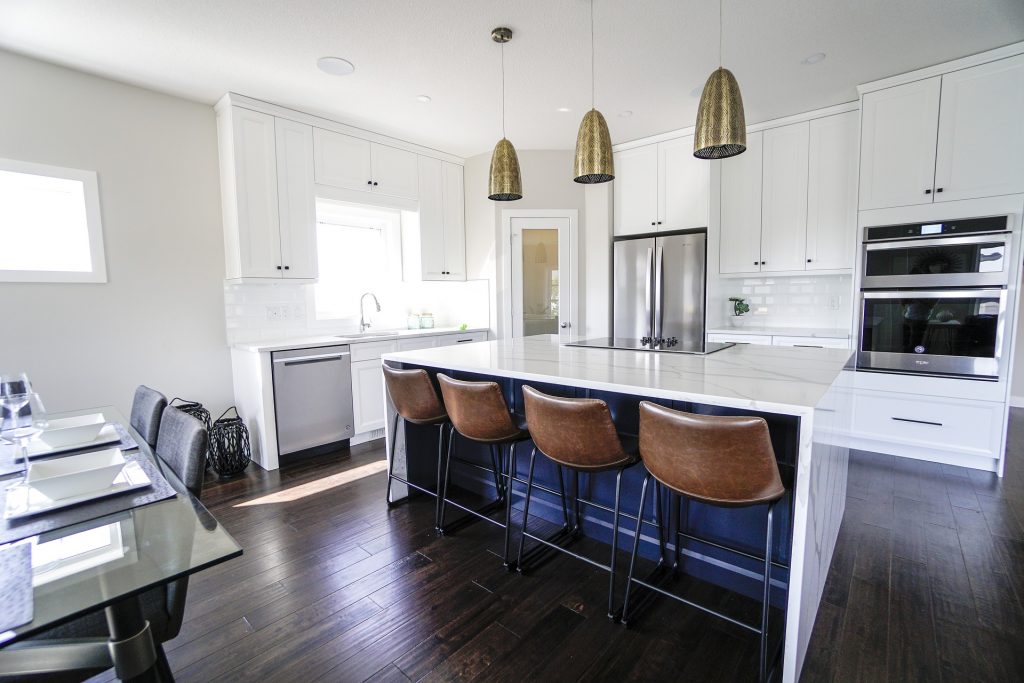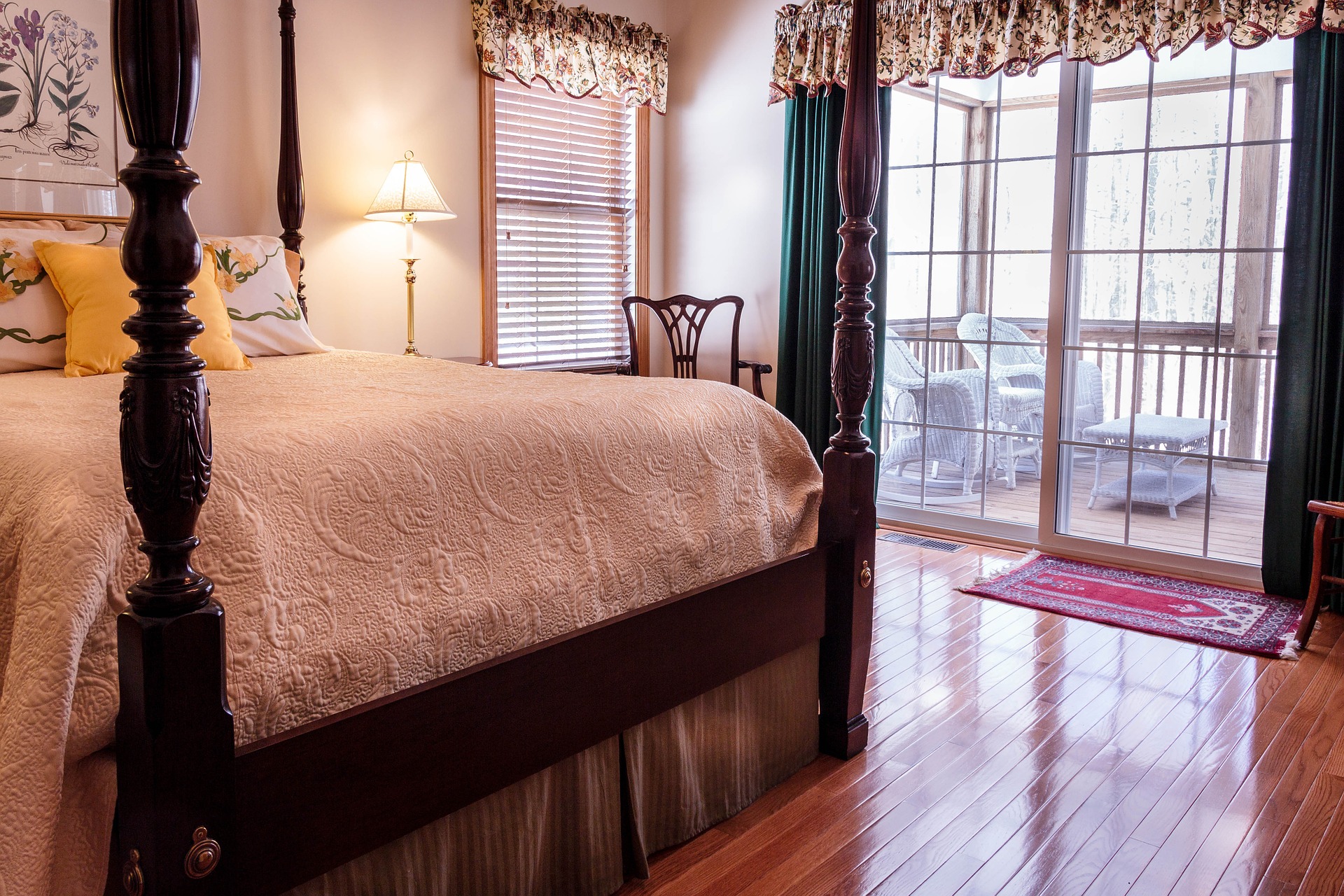How to Choose Your Hardwood Flooring
Nowadays, hardwood floors are one of the most desired flooring choices for home owners. Engineered hardwood flooring is good for installation in basements.

Nowadays, hardwood floors are one of the most desired flooring choices for home owners. There is a wide variety of materials, styles and finishes which can suit your personal taste, whether you want your home to have a contemporary look, or you want it to have a more rustic vibe.
The first thing you have to decide on when choosing your wood flooring is the material. The most traditional choice is solid hardwood, which is durable and highly attractive. Solid hardwood floors are thick planks of solid wood which can be installed in most areas of your home with the exception of basements and bathrooms due to the constant moisture there. Many people prefer this option due to the fact that a solid board can be re-sanded and refinished multiple times. Some even say that it is quieter when you walk on it.
Engineered hardwood flooring on the other hand are good for installation in basements and apartments with concrete subfloors. The planks are generally made of two layers: a thin top layer of hardwood and a tick bottom layer of plywood. They are easy to install and are designed to restrict the natural movements of wood and prevent it from expanding and contracting. High-quality engineered hardwood flooring has a thicker top layer which allows for them to be sanded and refinished in the future.

The next thing you have to consider when choosing your floor boards is whether you want them to be prefinished or site finished. Prefinished boards take less time to install because they come with the stain and finish already applied. Another advantage is the fact that you know exactly how they will look and it is easier to match them perfectly to your interior. However, with site finished boards the final product will be smoother because it is usually sanded down after it has been nailed to the floor. It is a preferred hardwood flooring for home owners due to the fact that they are able to customize it to their own taste and pick the exact stain and sheen they want.
There are several types of finishing products out there that can be divided into two categories. Penetrating oil and oil-like finished create a soft, matte, natural feel. It is easy for touching up when there are stains or any other damage. However, it scratches more easily. Polyurethane finishes on the other hand have light sheen and create a hard top coat. This makes it more resilient to damage polyurethane preferable for people who have children and pets around the house.
Next in line is picking the type of wood and grain pattern for the hardwood flooring. Think about the vibe you want to create in your home. Generally, lighter, warmer colors create a cozier atmosphere, whereas darker colors are considered more formal. It is usually best to pick a natural material and use a stain to match it to your style and preference. Two of the most popular materials used are oak and walnut. Oak is very durable and has a beautiful natural grain. You can also find it at a reasonable price, due to the fact that it is widely available. In comparison, walnut is softer than oak, It has a richer, warmer tone and it is ideal for creating a dark finish to the room. Other commonly used materials are hickory, cherry, maple, and ash.
After you have chosen the type of wood you want to use, it is time to ick the grain. Grain is important because it gives pattern and texture to your floor. There are three different ways that planks are sawn in: flat-sawn, quarter-sawn, and rift sawn. Flat sawn planks are the most common and the most natural and produce a traditional wood grain. Rift-sawn are made by cutting the log into an angle aimed at eliminating natural flecking. They have a long, linear, consistent grain. Quarter-sawn planks are similar to rift-sawn and are sometimes sold as rift-and-quarter-sawn mixed together. They are created by cutting the log into quarters and creating strips afterwards.
Last but not least, you have to determine the width of the planks you will be using. Nowadays wider planks are considered more luxurious. They not only look more expensive, they also cost more. Plank width should be tailored to the size of the room. The more expansive the room is, the wider the planks should be. However, with time the wood is going to expand and contract, which will create a sense of a more dramatic movement since the changes will not be distributed on as many boards.
The article is written after an interview with Robar Flooring – a company from Ontario, Canada.
